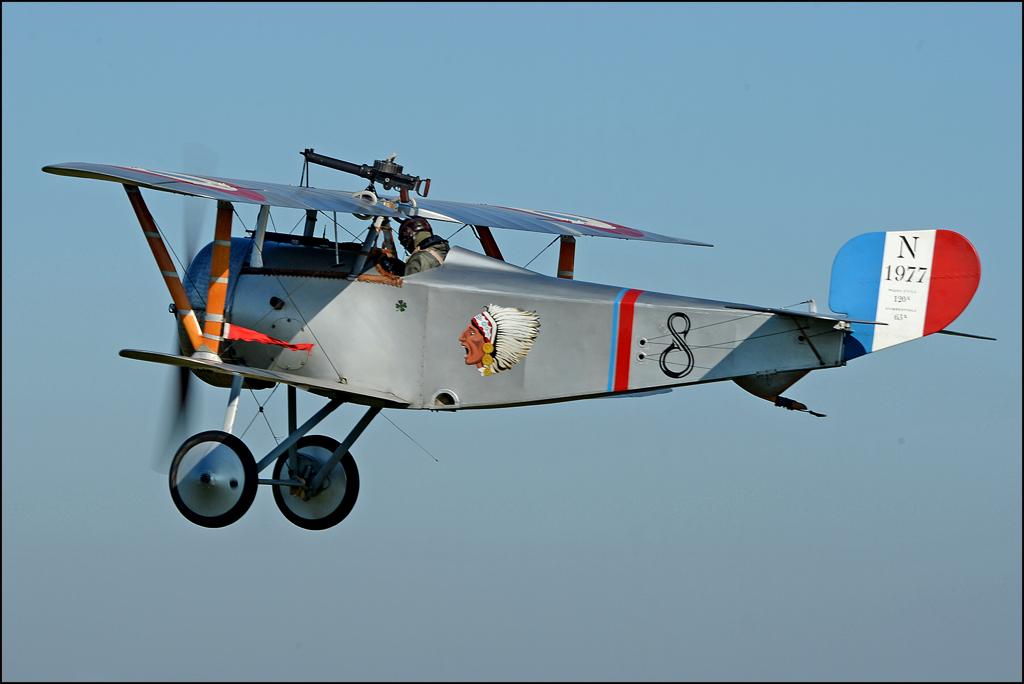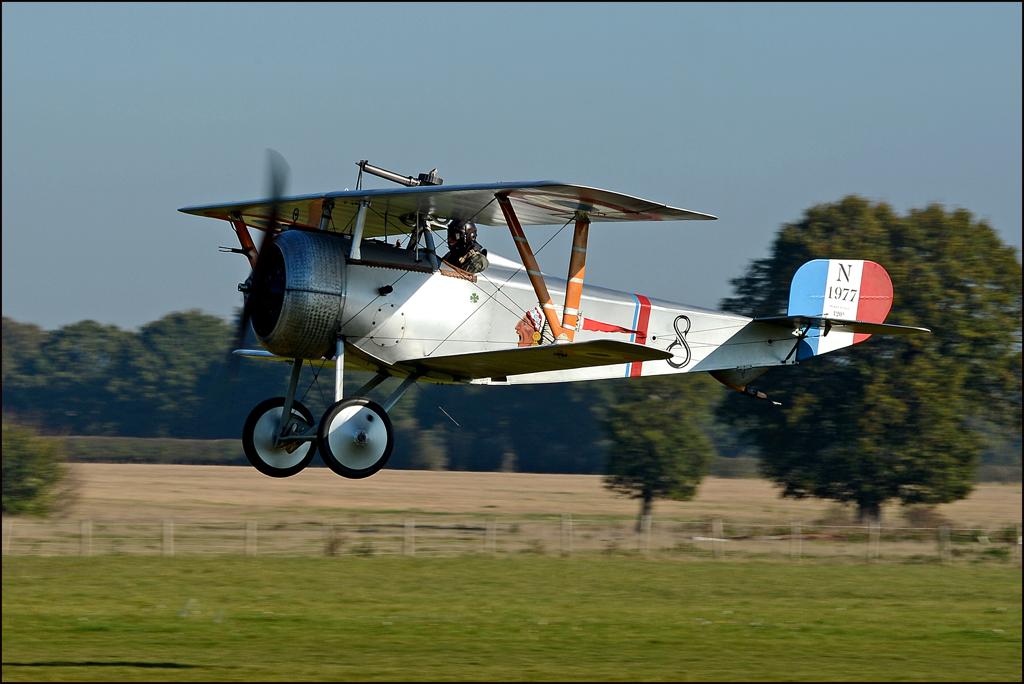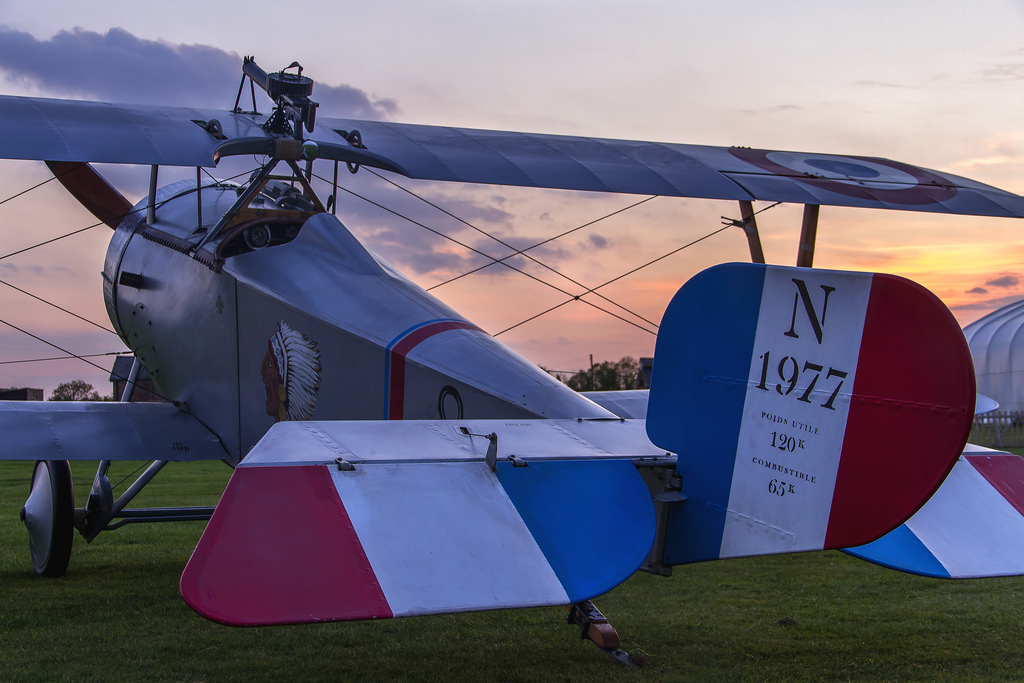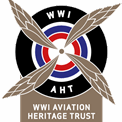The Nieuport single seat fighters were one of the great classic marques of the first WW. Designed by Gustave Delage, this well proportioned French aircraft was operated by many air services including the RFC. The Nieuport 17 reached the French front in March 1916, and quickly began to replace the Nieuport 11 in French service. At that time it was superior to any British fighter, and it became the popular mount of many Allied aces, including Albert Ball when he was in No. 60 Squadron.

In total 525 Nieuports (of all types) were ordered by the Royal Flying Corps and Royal Naval Air Service. Worthy of note is the fact that during part of 1916, the Nieuport 17 equipped every fighter squadron of the Aéronautique Militaire.(the French Air Force at that time). The Germans supplied captured examples to several of their aircraft manufacturers for them to copy.
The type 17 was a slightly larger development of the earlier Nieuport 11, and had a more powerful engine, larger wings, and a more refined structure in general. Constructed of wood as were most aircraft of the time, the wing arrangement was unusual. The upper wing had a normal two-spar structure, but the lower wing only had one, an arrangement called a “sesquiplane” or “one and a half plane.” The design was originally intended to keep the lower drag of a monoplane but have the structural strength of a biplane. While the smaller lower wing did improve the pilot’s downward visibility, it was weak due to its single spar construction and it unfortunately would sometimes fail in flight due to the structure twisting under high loads, such as in a dive at high speed.
At first, it was powered by a 110 hp Le Rhone rotary engine, [though later versions were upgraded to a 130 hp (97 kW) engine.] It was agile, had outstanding maneuverability, and an excellent rate of climb. Initially the Nieuport 17s in British service had a Lewis machine gun mounted on the top wing that would fire outside the propeller arc. Nieuports were also equipped with Le Prieur rockets.

The N17 reached the war front by March 1916 and was flown by French, British, Italian, and Belgian squadrons. American volunteers—flying for France before America entered the war—flew these as well in the famous Lafayette Escadrille. The Lafayette Escadrille was an escadrille (small squadron) of the French Air Service, during World War I composed largely of American volunteer pilots flying fighters. It was named in honor of the Marquis de Lafayette, hero of the American and French revolutions. Two unusual members of Lafayette Escadrille were their Mascots: two lion cubs called Whiskey and Soda! The markings on this aircraft are dedicated to N1977 of the Escadrille Lafayette, flown by Sergeant Robert Soubiran. Soubiran was an American aviator during World War One and was one of the first Americans to arrive in France in 1914, enlisting with the French Foreign Legion, he was one of 38 Americans who went on to join the Lafayette Escadrille. He later attained the rank of Major in the U.S. Air Force

This Nieuport 17 is a full size flying reproduction and was built from 1992 to 1997 by Robert Gauld-Galliers and John Day, and until late last year was based at IWM Duxford. It had a film role in the 2006 film Flyboys – about the young American volunteers of the Lafayette Escadrille. It is powered by a Warner Scarab 7 cylinder radial engine – 165hp. Today it is owned and flown today John Gilbert and flown as part of the WW1 Aviatio Heritage Trust Collection.
